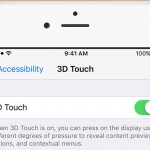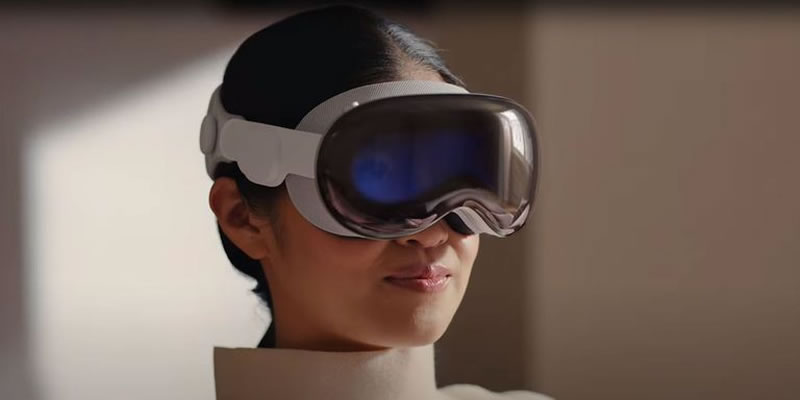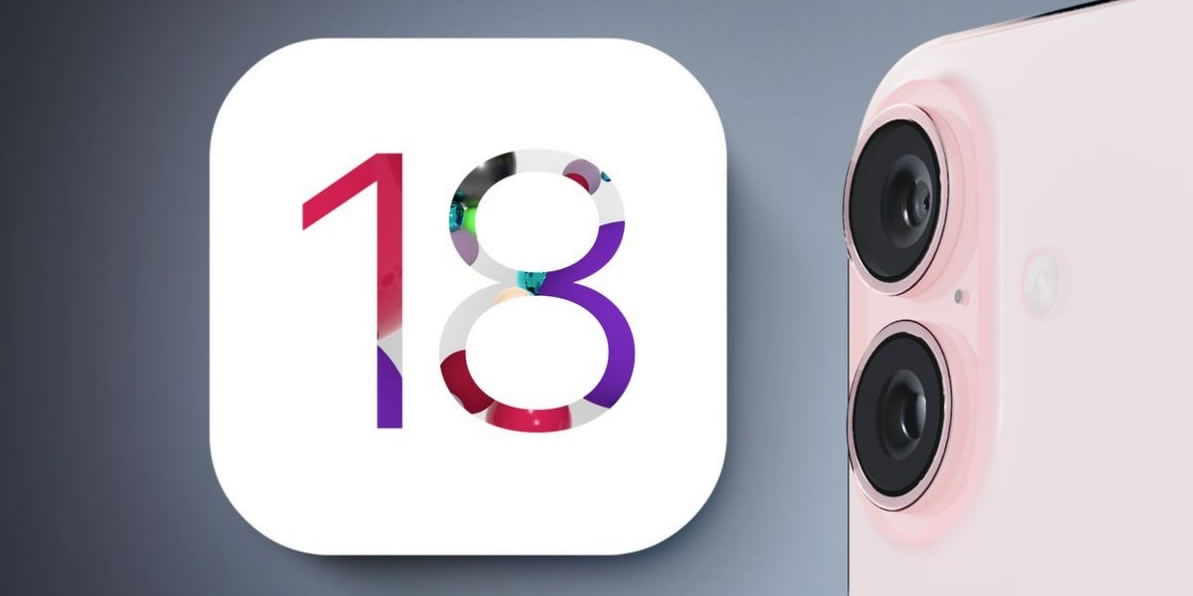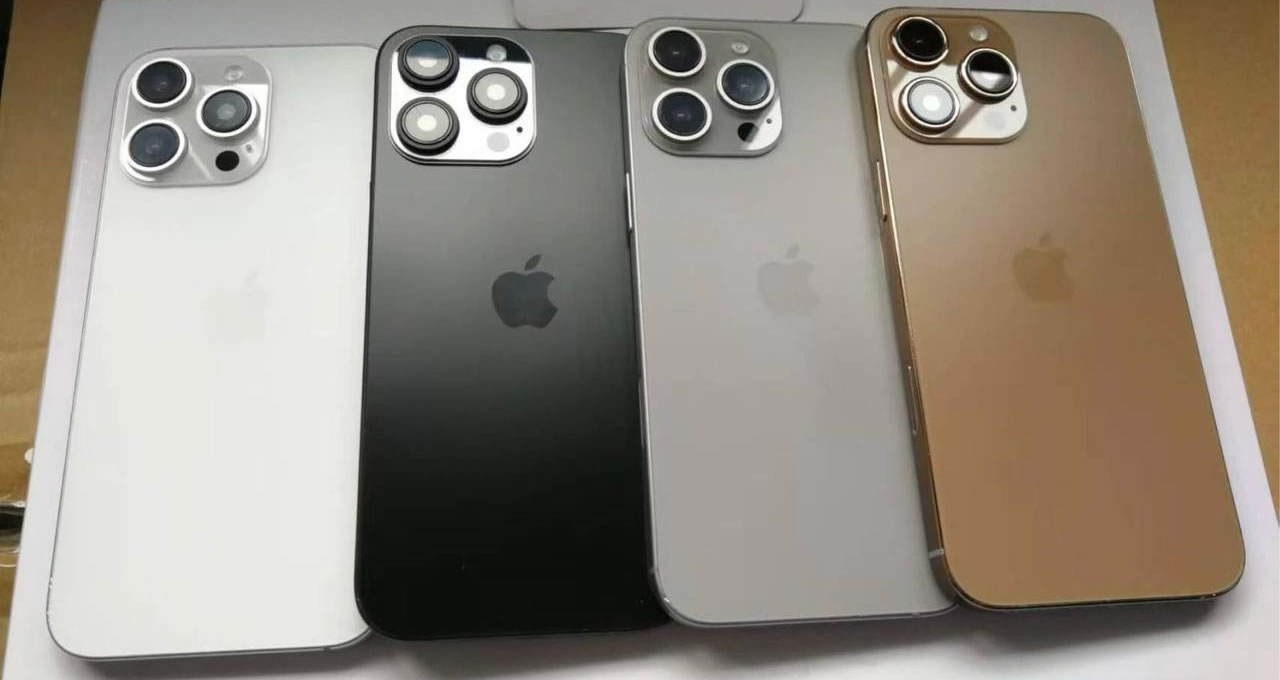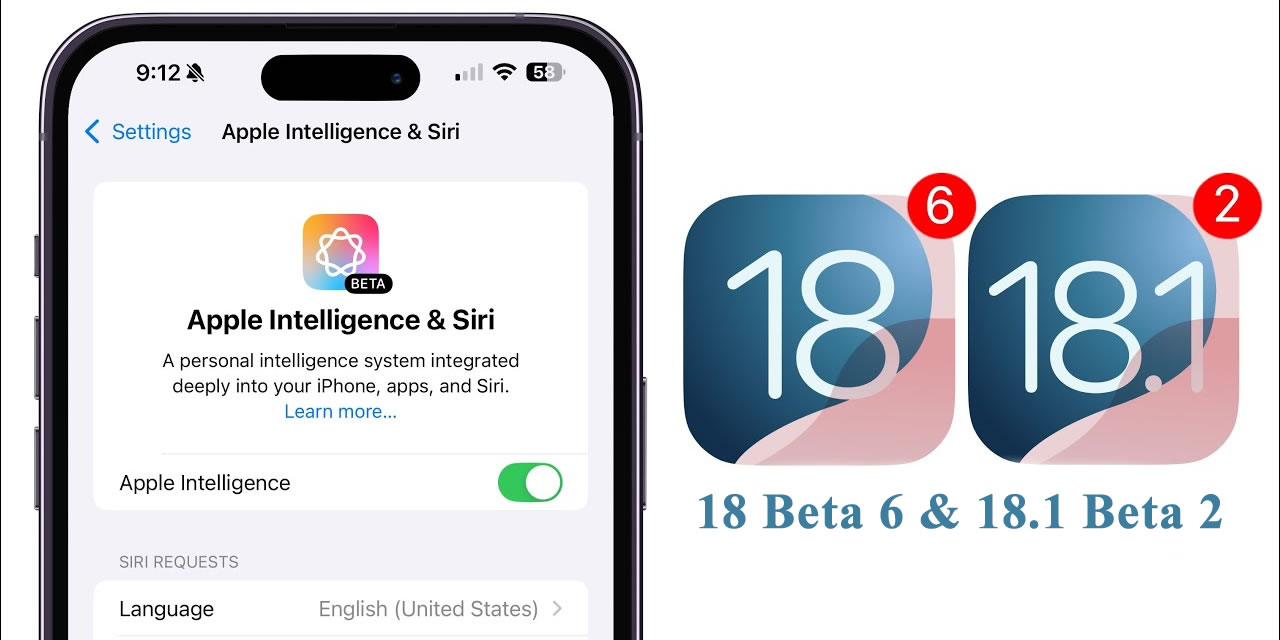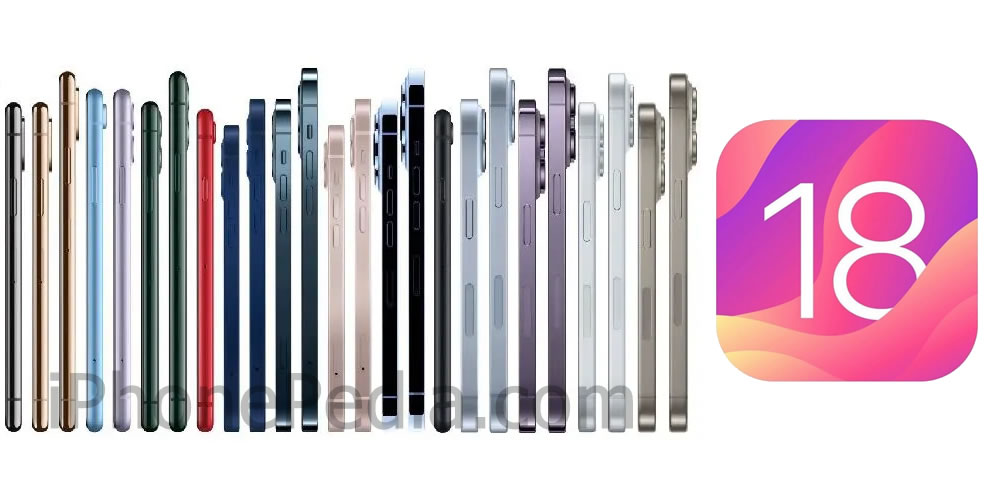Apple enthusiasts might find themselves in a contemplative mood with the latest rumors surrounding the iPhone 16 series. Speculations suggest a significant shift in Apple’s biometric authentication strategy, indicating a potential goodbye to the iconic Touch ID feature that has been a staple in iPhones since its inception. This article delves into the emerging reports, exploring the implications and the possible trajectory of Apple’s biometric choices.
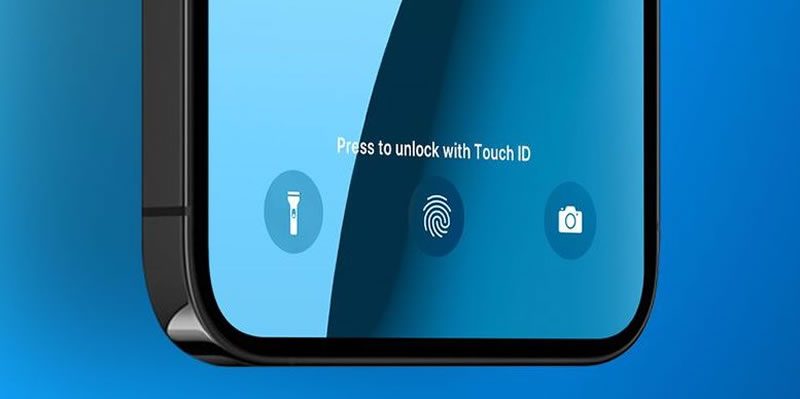
The Rise of Face ID: Touch ID Takes a Backseat
Recent reports from Apple insiders indicate a decisive move away from Touch ID in favor of Face ID. It appears that Apple has ceased the production of fingerprint sensors, shutting down the assembly lines that once brought Touch ID to life. While earlier rumors hinted at the possibility of an in-display fingerprint scanner for the iPhone 16 series, Apple seems to have firmly committed to Face ID, leaving Touch ID in the rearview mirror.
However, it’s crucial to note that these reports are not mere speculations but are backed by insights from sources in China, suggesting that Apple has permanently halted the production of fingerprint sensors. This development strongly implies that Touch ID will not be making a comeback in the iPhone lineup anytime soon. Notably, no concrete source has emerged to substantiate the claim that Touch ID will make a return with the iPhone 16 family.
Face ID Takes the Center Stage
New leaks further support the notion that Touch ID is being entirely phased out. According to information from China, even the upcoming iPhone SE 4 is expected to embrace Face ID instead of the familiar Touch ID. This departure from fingerprint recognition technology, a feature beloved by many Apple users, marks a significant paradigm shift in Apple’s biometric authentication approach.
The Road Ahead: Beyond Touch ID
Speculations suggest Apple plans in-display Touch ID and Face ID by 2026. However, despite possible advancements, halting Touch ID chip production underscores commitment to exploring more sophisticated biometric technologies. Therefore, Apple’s future direction appears focused on innovative biometric features rather than traditional methods. Moreover, this strategic shift reflects the company’s dedication to staying at the forefront of technology. On the other hand, traditional methods might still have relevance. Regardless, Apple’s commitment to cutting-edge biometrics could reshape the landscape of smartphone security.
The Biometric Chip Distinction
Insiders shed light on differences between the A16 chip, expected for iPhone 16, and the A17 chipset for iPhone 15 Pro. The A16 chip will undergo a unique manufacturing process, distinct from its predecessor. This suggests Apple is evolving biometric authentication and advancing technological underpinnings. Anticipated for iPhone 16, the A16 chip signifies a significant leap in Apple’s innovation. Meanwhile, the A17 chipset empowers the iPhone 15 Pro, showcasing the company’s commitment to diverse technological advancements. Apple’s focus on unique manufacturing processes demonstrates its dedication to staying at the forefront of technology.
Final Thoughts
Apple’s innovative strides persist, contemplating bidding farewell to Touch ID in its latest iPhone series. The decision marks a crucial point in the company’s biometric journey toward pioneering advancements. While the trajectory remains speculative, the shift to Face ID and biometric chip enhancements is evident. Apple appears resolute in pursuing cutting-edge features and bolstering security for its users. The official unveiling of the iPhone 16 series is awaited eagerly, heralding a transformative biometric chapter. The landscape of iPhone biometrics seems poised for a noteworthy change in the near future.



